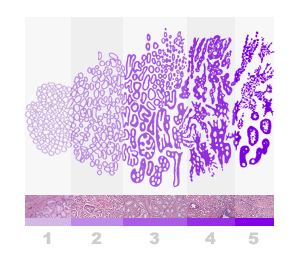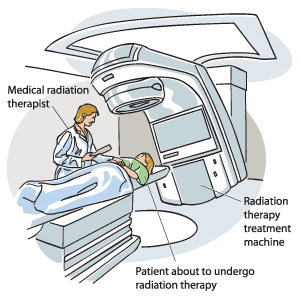Current Methods of Prognosis:
Breast cancer prognosis depends on a combination of factors including the location of the tumor, extent of metastasis, tumor markers, tumor size and shape, and the rate of cell division. However, accurate methods for quantitatively determining the location and assessing the severity of the primary tumor have not been implemented in clinical practice yet.






